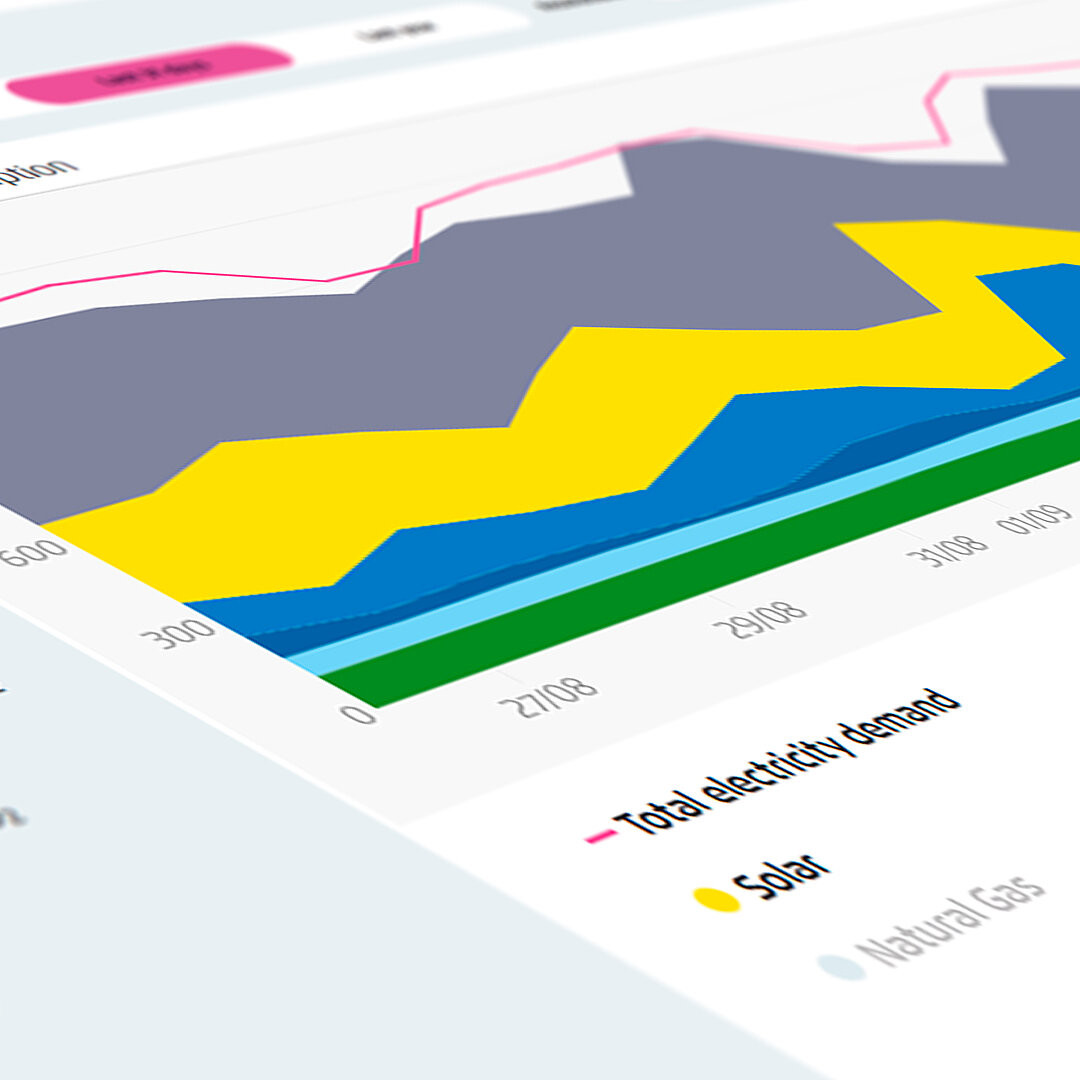Local pricing in Germany: national gains with potential to deepen European power market integration
A future-proof, climate-neutral energy system needs a smart market design that aligns power generation, storage and demand. An Agora Energiewende study – with a summary now available in English – shows how local pricing can ease grid congestion in Germany and lower consumer bills.

Germany’s power market choices influence European electricity flows – the country’s single price zone has therefore been a topic of discussion beyond its borders and in EU institutions for a good decade.
Building on that debate, the European transmission system operators’ (ENTSO-E) assessment and the related opinion of the Agency for the Cooperation of Energy Regulators (ACER) has found clear gains from smaller price zones in Germany.
Against this backdrop, Agora Energiewende has now published an English summary of its recent German study analysing the benefits of this approach and making recommendations for moving to local electricity pricing in Germany.
According to the study, sticking with a single price zone in Germany increasingly creates distorted incentives that force grid operators to intervene more often to keep the system stable (redispatch). The costs of these interventions rose from 1.3 billion euros in 2019 to 3.2 billion euros in 2023 and are likely to grow even higher in the coming years. Moving from a single price zone to local pricing could avoid these costs and strengthen security of supply, the authors note.
Local prices better align supply and demand regionally and use the transmission grid more evenly. In 2023 alone, such a system would have lowered average power costs for German households and businesses by a little over 6 euros per megawatt-hour (MWh). Agora expects this benefit to rise as more flexible consumers and storage connect to the grid and renewables expand.
Why local prices help
Germany’s single bidding zone is increasingly misaligned with a power system that is transforming rapidly towards climate neutrality. Batteries and flexible end users – such as electric vehicles, heat pumps and electrolysers – currently lack incentives to shift consumption away from constrained times and places. Local prices, to the contrary, would incorporate regional supply, demand and grid loading, helping preserve today’s high security of supply and lowering total system costs.
The study compares three designs for Germany: one national zone, a split into three zones and differentiation into 22 local price zones. A few large zones would still leave major bottlenecks and risk repeated redrawing. By contrast, more granular local prices tend to inform market participants more precisely, reducing the need for redispatch. Whether it’s best to implement them via many small zones or full nodal pricing requires further analysis, the study notes.
Impacts on consumers and producers
Under local pricing, most consumers would see lower bills. Using real market data, the analysis found that nationwide, the average saving in 2023 for example would have been 6 euros/MWh.
Producer revenues would decline somewhat – especially for wind farms in the north of Germany, which would achieve lower prices – raising support needs for renewables. But modelled efficiency gains outweigh these higher subsidies, even for past years characterised by high electricity prices. Overall, local prices reduce the total cost of the power system by achieving a more efficient dispatch.
Local prices would also steer new generation to where power is consumed, supporting grid-friendly build-out in major southern load centres.
Using congestion revenues to cushion industry
Moreover, local pricing would generate substantial congestion revenues – from transporting electricity between domestic zones or nodes. Over the past five years, German transmission operators (TSOs) could have earned an average of 1.2 billion euros per year.
These funds could be used to offset disadvantages for individual energy-intensive companies in southern Germany, which already benefit from exempted grid fees and might not feel near-term price reductions. Any additional costs for internationally exposed industries could be compensated using these revenues.
A roadmap to a more efficient market design
Shifting to local pricing needs to be done gradually, with visibility to market players to secure investor confidence. As a first step, policymakers could complement the single zone with local investment signals for power plants and electrolysers. A liquid forward market for local areas should be established, and investment security for renewables ensured nationwide – such as via a new investment framework. To limit volatility risks, the study proposes additional market-based hedging instruments.
Despite the coalition agreement’s commitment to a single bidding zone, Germany should work on a roadmap in coordination with European partners towards local pricing building on the above steps, Agora concludes.
The 20-page English summary of the study, “Local electricity prices in Germany: how integrating grid realities into the electricity market saves costs”, produced with Fraunhofer IEE, can be downloaded free of charge on our website.



